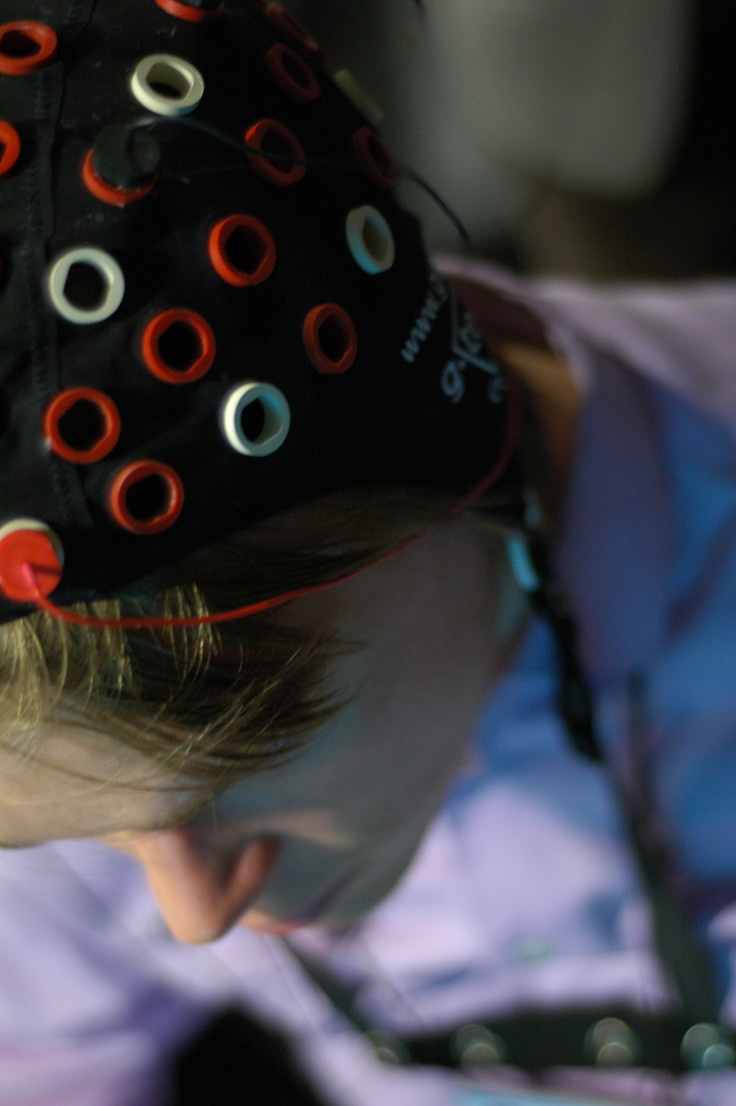Brain-to-Brain Interface: Harvard Innovation Allows Humans To Control Animals Using Their Mind [VIDEO]

What if a brain-to-brain interface could let you control someone else?
Scientists at Harvard University have created the first non-invasive brain-to-brain interface, allowing a human to control the tail of a rat simply by thinking the appropriate thought. ExtremeTech reports that the technology is represents the first step to a functioning, telepathic link between two human brains — a future innovation that could alter the very definition of communication
Their findings are published in the journal PLoS One.
The new technology builds on previous research in brain/computer interfaces, where a computer records activity within the brain and translates it into discrete thoughts and motor patterns. While scientists are still far from understanding the brain's complex coding methods, they can determine which cerebral region is responsible for a given action. In other words, by targeting a specific area, scientists can jerk your fingers around — however, they can't maneuver them in a controlled manner. At least not yet.
The new brain-to-brain interface extends this technology to involve a second subject: a rat, fitted with a focused ultrasound computer brain interface (FUS) that allows for targeted stimulation of brain regions. A human wearing a similar interface is then asked to observe a specific, complex visual pattern displayed on a screen. The computer recognizes the human brain's response to the video, and sends a signal that causes the rat's tail to move.
"Our results demonstrate the feasibility of a computer-mediated BBI that links central neural functions between two biological entities, which may confer unexplored opportunities in the study of neuroscience with potential implications for therapeutic applications," the researchers write, suggesting a future where brain-to-brain links may improve the lives of people with disabilities, neurodegenerative disorders, and brain damage.
Perhaps it's time to start worrying about mind control? Check out the video below and decide for yourself.
Source: Yoo S-S, Kim H, Filandrianos E, Taghados SJ, Park S (2013) Non-Invasive Brain-to-Brain Interface (BBI): Establishing Functional Links between Two Brains. PLoS ONE 8(4): e60410. doi:10.1371/journal.pone.0060410



























